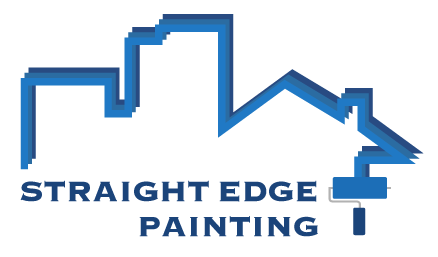Painting Renovations
Professional Service
Trim Painting
Painting walls is a straightforward process. But when it comes to your trim, there are a number of factors that you have to keep in mind if you want the paint job to appear as professional and as high quality as possible. Although the trim may seem insignificant, it actually plays a vital role in the overall appearance of your décor and space and is a major style contributor.
Whether you are planning on finishing your trim with paint or stain, the simple fact is that for trim painting to be done efficiently, the trim must be prepared in advance. As such, you will have to make sure that the trim is clean and smooth to allow the paint to adhere to the surface.
Preparing for trim painting
If your house was constructed before 1976, you will have to get the space-tested for lead. Because it is dangerous to do it yourself, you will need to call a professional that has the skill to stabilize and remove the lead components.
The surface will have to be sanded using grit sandpaper to make it smooth and to layer the areas that have encrusted paint. Next, the holes and dents should be filled using the spackling compound to even out the surface and make it neat. If there are cracks or gaps, latex caulk or a silicon blend caulk can be used to fill any spaces.
After the sanding and applying the caulk, the surface will most likely be covered by dust particles and debris. These particles should be cleaned with a soft cloth; avoid using tack cloth because it can leave residue and bits of fabric that can interfere with the adherence of the paint.
Trim painting tips
When you start painting, hold the brush as close to the bristles as possible just like you would hold a pen. The bristles should make a sharp angle like a wedge on the surface of the trim. Move along the line that you want to draw and allow the bristles to gently do most of the drawing.
If you are using tape, start by painting the trim and then move on to the walls. If you are not using tape, you can use a technique called cutting in, which mainly involves drawing straight lines along the surfaces that do not need to be painted. Most individuals that use the cutting-in technique are expert DIY enthusiasts that do not need the assistance of a masking tape. So unless you have years of practice and experience, it is generally more advisable to use tape just to be safe.
Professional Exterior & Interior Painting
We Offer Free Estimates For Painting Services In Calgary!

